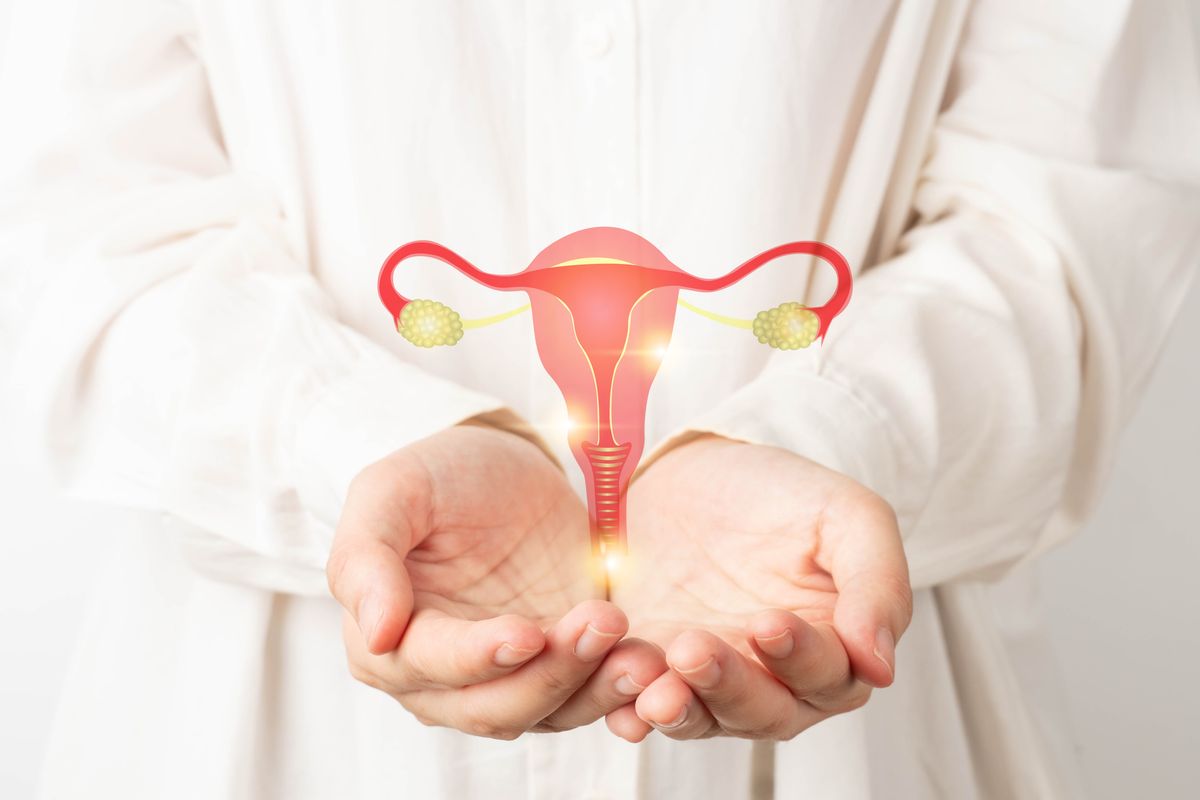Tennis legend Chris Evert has successfully completed chemotherapy treatments and is now cancer-free after being diagnosed with stage 1 ovarian cancer in late 2021. Evert had undergone genetic testing after her sister died of the same illness, and the test revealed that she carried the same BRCA genetic mutation. Her cancer was caught in its early stages and doctors were able to detect malignant cells and a tumor. Evert has undergone a hysterectomy and double mastectomy, which reduced her risk of developing cancer in the future by 90%. She is now advocating for genetic testing to detect signs of cancers such as ovarian, breast, prostate, and pancreatic cancer. Evert believes that the most important thing is not to leave things to chance and to consider surveillance or surgery. According to the American Cancer Society, half of men and one-third of women will receive a cancer diagnosis during their lifetime. However, overall cancer death rates have dropped by 33% since 1991.
1) The Importance of Recognizing Genetic Signs for Cancer Risk

The BRCA1 gene mutation, which is associated with a higher risk of certain cancers, was found in both Chris Evert and her sister. The BRCA1 and BRCA2 genes are known as tumor suppressor genes, meaning they help control cell growth. However, mutations in these genes can cause cells to grow uncontrollably, leading to an increased risk of cancer.
According to the American College of Obstetricians and Gynecologists, approximately one in 300 to 800 individuals carry a BRCA1 or BRCA2 mutation. It is important to note that not everyone who carries these mutations will develop cancer, but they are at an increased risk. Genetic testing can help identify individuals who have these mutations and enable them to take preventive measures such as increased surveillance or surgical intervention.
2) Heightened Risk of Developing Cancer with BRCA1/2 Mutations

According to the American College of Obstetricians and Gynecologists, having a BRCA mutation increases the risk of breast cancer in women up to 85 percent by age 70, which is much higher than the lifetime risk of around 12 percent without the mutation. Additionally, the BRCA1 mutation increases the risk of ovarian cancer for the average American woman up to 46 percent by age 70, compared with a lifetime risk of about 2 percent without it. The BRCA2 mutation increases the risk up to 27 percent by age 70. People with these mutations, both men and women, are also at higher risk of developing cancer of the fallopian tube, breast, prostate, peritoneum, pancreas, and skin (melanoma).
3) Testing and Its Role in Cancer Risk Assessment

Determining if you have any of the BRCA mutations or other genetic cancer risk factors can be identified through screening.
According to Katherine Clayback, a genetic counselor at the Roswell Park Comprehensive Cancer Center in Buffalo, New York, getting tested is a personal decision. She suggests starting screening at younger ages or doing it more often. An annual breast MRI may also be done.
Family history is a crucial factor in deciding whether and when to get tested. Clayback says, "If we find one of these genetic mutations, really any type of breast cancer can occur for someone or their family. It's not always the same type. We always recommend evaluating genetics for those who feel they have different patterns and red flags in their family."
4) Other Symptoms

Breast cancer affects one in eight women during their lifetime, according to Dr. Christiana Brenin, a breast medical oncologist. Early detection can be challenging, but as the cancer grows, changes can occur that both women and men should pay attention to. These changes may include a lump or thickening, swelling, skin irritation or distortion near the breast or in the underarm area, a change in the size or shape of the breast, and a change in the color or feel of the skin of the breast, areola, or nipple. Other signs may include nipple discharge, erosion, tenderness, and inversion.
Dr. Brenin advises seeking medical attention if you notice a new finding that lasts two weeks or more and is unusual for you. Early diagnosis increases the chances of surpassing the five-year survival rate for breast cancer, with a 98 percent chance of survival.
5) Steps to Take if You Have a Positive Genetic Test Result

After testing positive for a BRCA mutation, Chris Evert had to make a decision about how to proceed with her health. She weighed her options carefully, including annual screenings and surgery to reduce her risk, and ultimately opted for surgery to improve her odds of avoiding cancer.
Genetic counselor Katherine Clayback notes that there are several options available for those who test positive for genetic mutations that increase cancer risk. These options include medications and surgical procedures, but it is important to remember that there is no one-size-fits-all approach. Each person must make their own decision based on what feels best for them.

